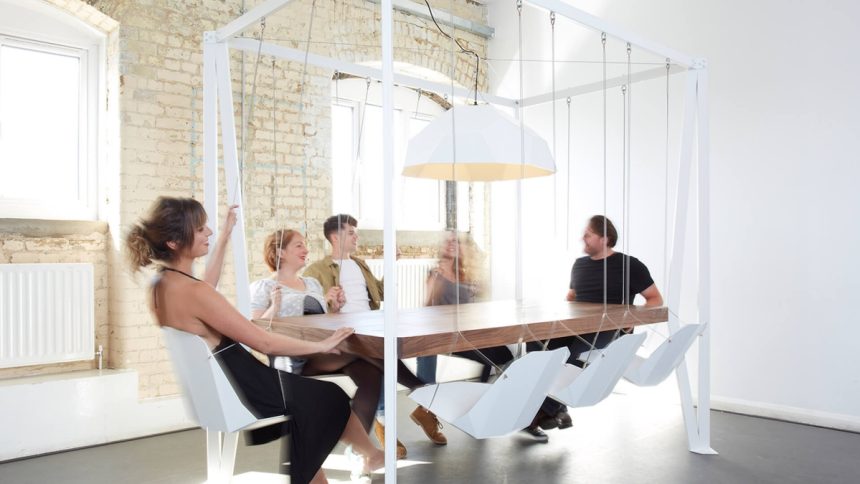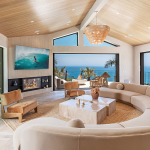The evolution of office furniture mirrors the dynamic shifts in workplace culture, technological advancements, and changing aesthetic preferences. From the grandiose, heavy wooden desks of the early 20th Century to the sleek, ergonomic designs of today, the journey of office furniture tells a fascinating story of innovation and adaptation.
Early 20th Century: The Era of Stately Design
In the early 1900s, office furniture was characterised by its substantial and imposing design. Desks and chairs were crafted from dark woods like mahogany and oak, exuding a sense of permanence and authority. These pieces were not only functional but also served as symbols of status and stability within the workplace.
The need for sturdy and durable furniture was driven by the nature of work during this period, which relied heavily on paper documents and manual typewriters. Office layouts were rigid, reflecting the hierarchical structure of businesses at the time.
Mid 20th Century: The Rise of Modernism
The mid-20th Century saw a dramatic shift in office furniture design, influenced by the principles of modernism. This era emphasised simplicity, functionality, and the use of new materials such as steel and moulded plywood. The introduction of modular furniture systems allowed for more flexible and efficient use of office space.
Herman Miller’s introduction of the Action Office in the 1960s marked a significant milestone. This design focused on creating more dynamic and adaptable work environments, paving the way for the open-plan office layouts that would become popular in the following decades.
Late 20th Century: The Advent of Technology
As computers began to dominate the workplace in the 1980s and 1990s, office furniture had to adapt to new technological needs. Desks were designed to accommodate bulky computer monitors and other peripherals. Ergonomics became a critical consideration, leading to the development of adjustable chairs and workstations that aimed to improve employee comfort and productivity.
This period also saw the rise of the cubicle, popularised by designer Robert Propst’s Action Office II. Cubicles provided a balance between privacy and open space, allowing employees to focus while still being part of a larger office environment.
21st Century: The Age of Flexibility and Wellness
In the 21st Century, the evolution of office furniture has been driven by a focus on flexibility, collaboration, and employee wellbeing. The rise of remote work and the gig economy has led to more versatile and adaptable furniture designs. Standing desks, adjustable workstations, and ergonomic chairs are now commonplace, reflecting the growing awareness of the importance of health and wellness in the workplace.
Modern office furniture is often designed to facilitate collaboration, with communal tables and lounge areas becoming integral parts of the office landscape. Sustainable materials and eco-friendly designs are also gaining traction, as businesses strive to reduce their environmental impact.
The Role of Visitor Chairs in Modern Offices
Among the various pieces of office furniture, visitor chairs play a crucial role in shaping the first impression of any office. These chairs are designed to provide comfort and style for guests, reflecting the company’s professionalism and attention to detail. The selection of visitor chairs can significantly influence the ambiance of reception areas and meeting rooms, underscoring the importance of choosing high-quality, aesthetically pleasing designs.
Final Thoughts
The evolution of office furniture is a testament to the changing nature of work and the continuous pursuit of innovation and improvement. From the grand designs of the early 20th century to the flexible, wellness-focused designs of today, office furniture has consistently adapted to meet the needs of businesses and employees. As we look to the future, it’s clear that this evolution will continue, driven by new technologies, changing work patterns, and an ongoing commitment to enhancing the workplace experience.
Lynn Martelli is an editor at Readability. She received her MFA in Creative Writing from Antioch University and has worked as an editor for over 10 years. Lynn has edited a wide variety of books, including fiction, non-fiction, memoirs, and more. In her free time, Lynn enjoys reading, writing, and spending time with her family and friends.















